-
There’s A Crocodile Under My Bed! by Ingrid and Dieter Schubert Analysis
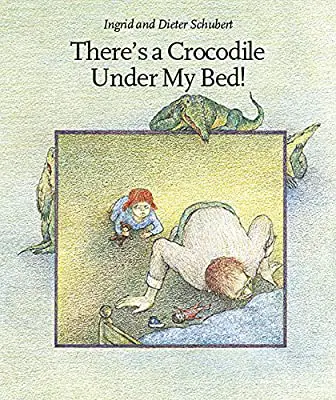
There’s A Crocodile Under My Bed! is a picture book written and illustrated by Ingrid and Dieter Schubert. First published in 1980, that makes this classic forty years old. There are a large number of picture books about creatures lurking under beds, and many similar titles out there. The most widely known is Mercer Meyer’s […]
-
Monster Pet! by McAllister and Middleton Analysis
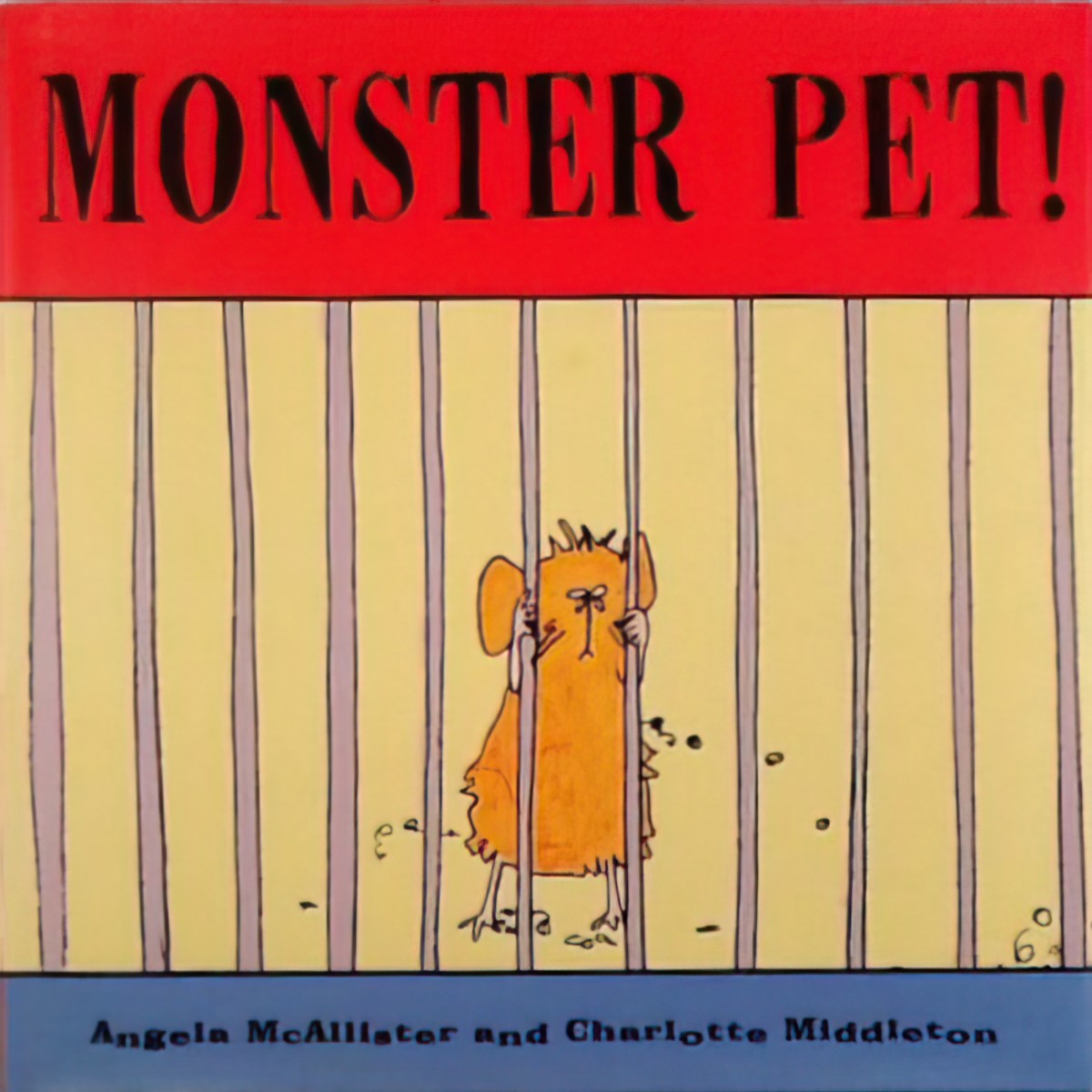
Monster Pet! is a 2005 picture book written by Angela McAllister and illustrated by Charlotte Middleton. The story is designed to get young readers thinking about the responsibility of caring for a sentient creature. A body swap plot is used to that end, though I suspect more empathy derives from the facial expressions on the poor little locked up mouse…
-
The Symbolism of Hats and Crowns
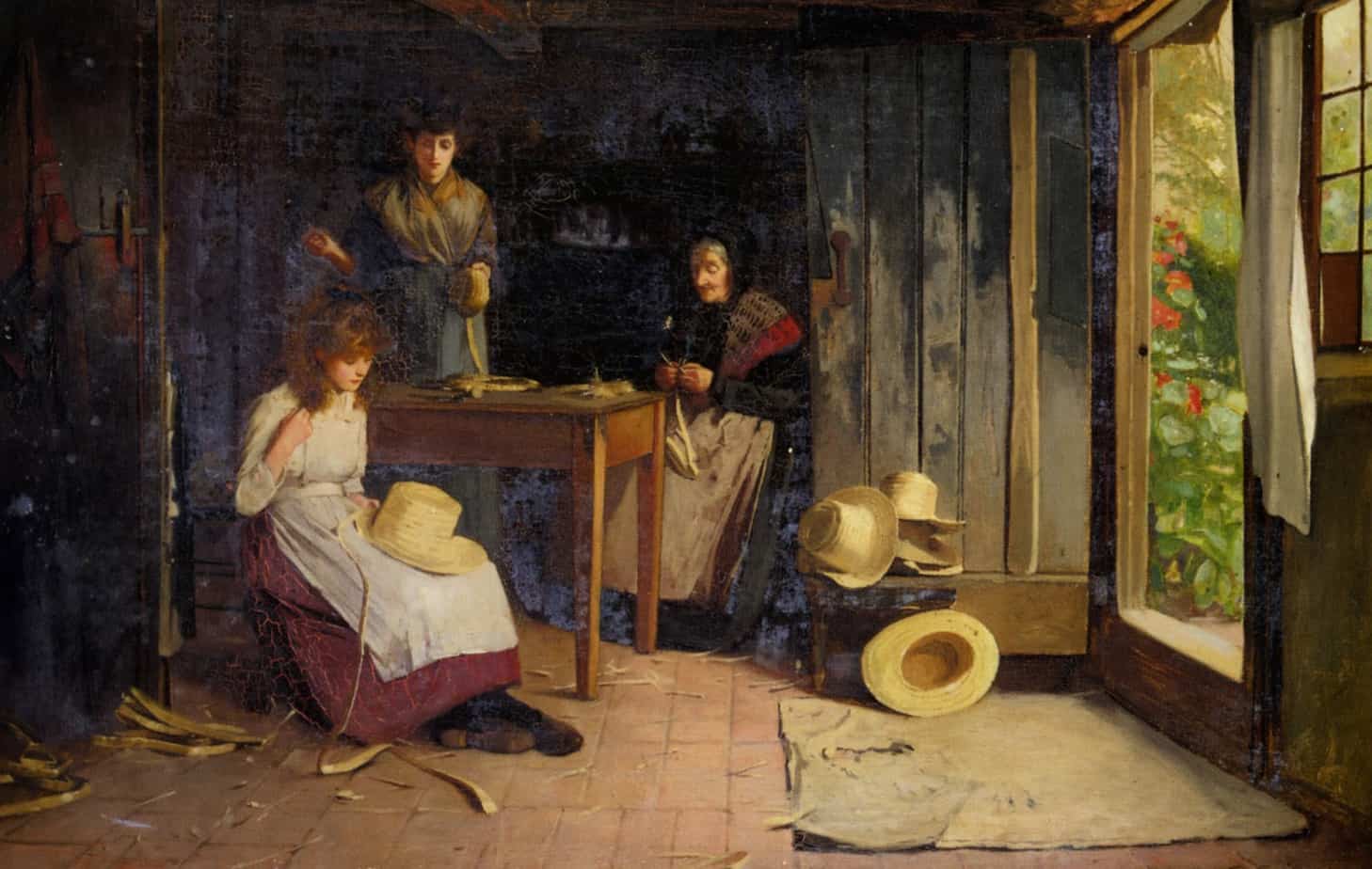
Hats can turn you into a human. Hats also indicate your social status and show deference.
-
Aeon Timeline 2 Review

Aeon Timeline 2 is a well-oiled piece of software with various uses. Writers might use it in two distinct ways.
-
A Blaze by Katherine Mansfield Short Story Analysis
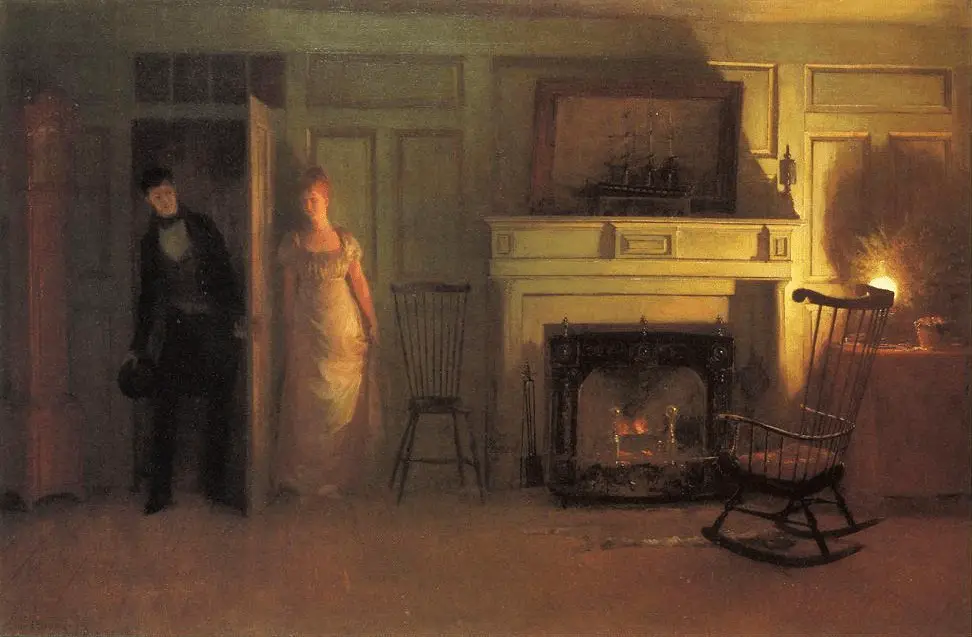
“A Blaze” (1911) is a short story by Katherine Mansfield, included in her German Pension collection. This is a story about a dynamic known in Japan as amae.
-
A Brief History of Road Trip Stories
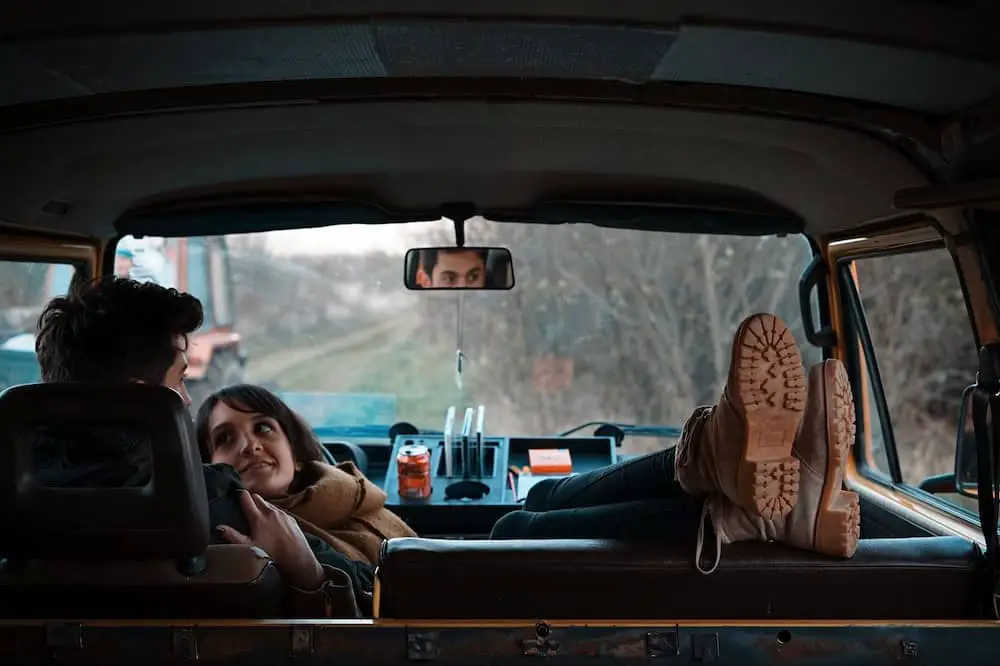
Road trip stories are basically mythic journeys. Usually, a group of friends or family are travelling together instead of alone. As well as meeting a succession of opponents along the way they argue among themselves. The Minotaur opponent who comes in from outside either binds them together or (in a tragedy) drives them apart. Occasionally […]
-
Symbolism of The Child
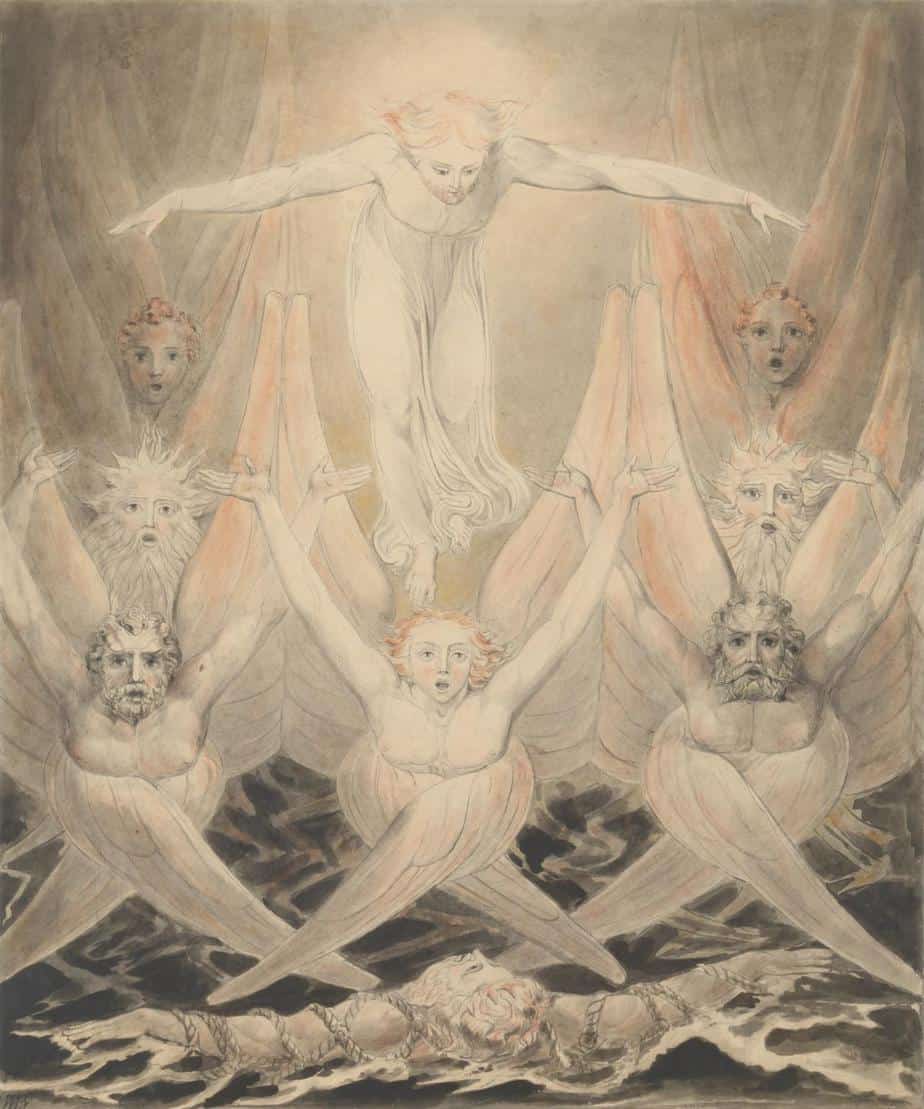
Critics who treat adult as a term of approval, instead of merely a descriptive term, cannot be adult themselves. To be concerned about being grown up, to admire the grown up because it is grown up, to blush at the suspicion of being childish; these are the marks of childhood and adolescence […] The modern […]
-
Unicorns in Art, Storytelling and Marketing
If you’ve visited the girls’ section of a chain store recently you’ll have noticed that unicorns are in this season. These 2020 unicorns are a particular type of unicorn — coloured in soft pastel colours and with their eyes closed. It’s not just unicorns with their eyes closed this year — all the cute animals […]
-
Doctor Jack-o’-Lantern by Richard Yates Analysis
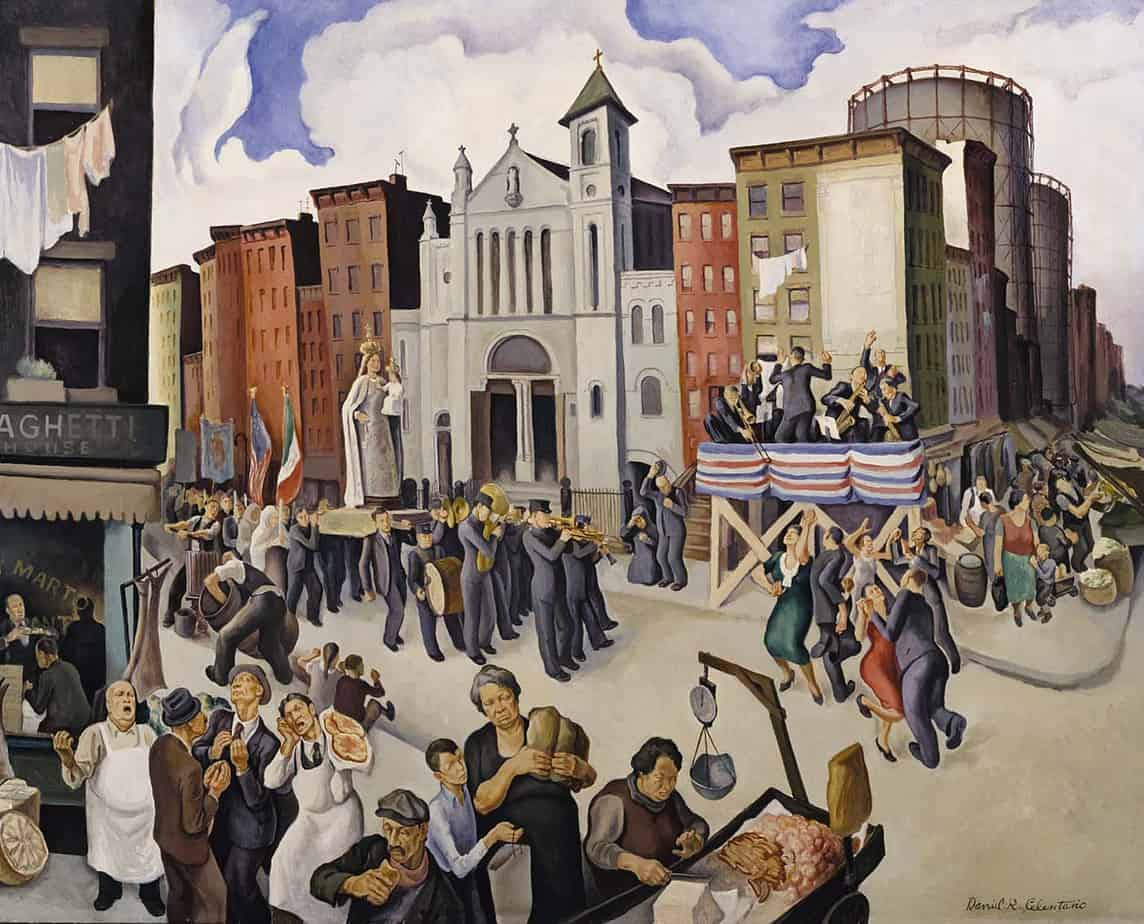
“Doctor Jack-o’-Lantern” is a short story by Richard Yates, the first in his 1962 collection Eleven Kinds of Loneliness. The story of the new kid in school is very popular in children’s literature, which is of course written for children. But what might a New Kid In School story for adults look like? This is […]
-
Disorientation And Spatial Horror In Fiction
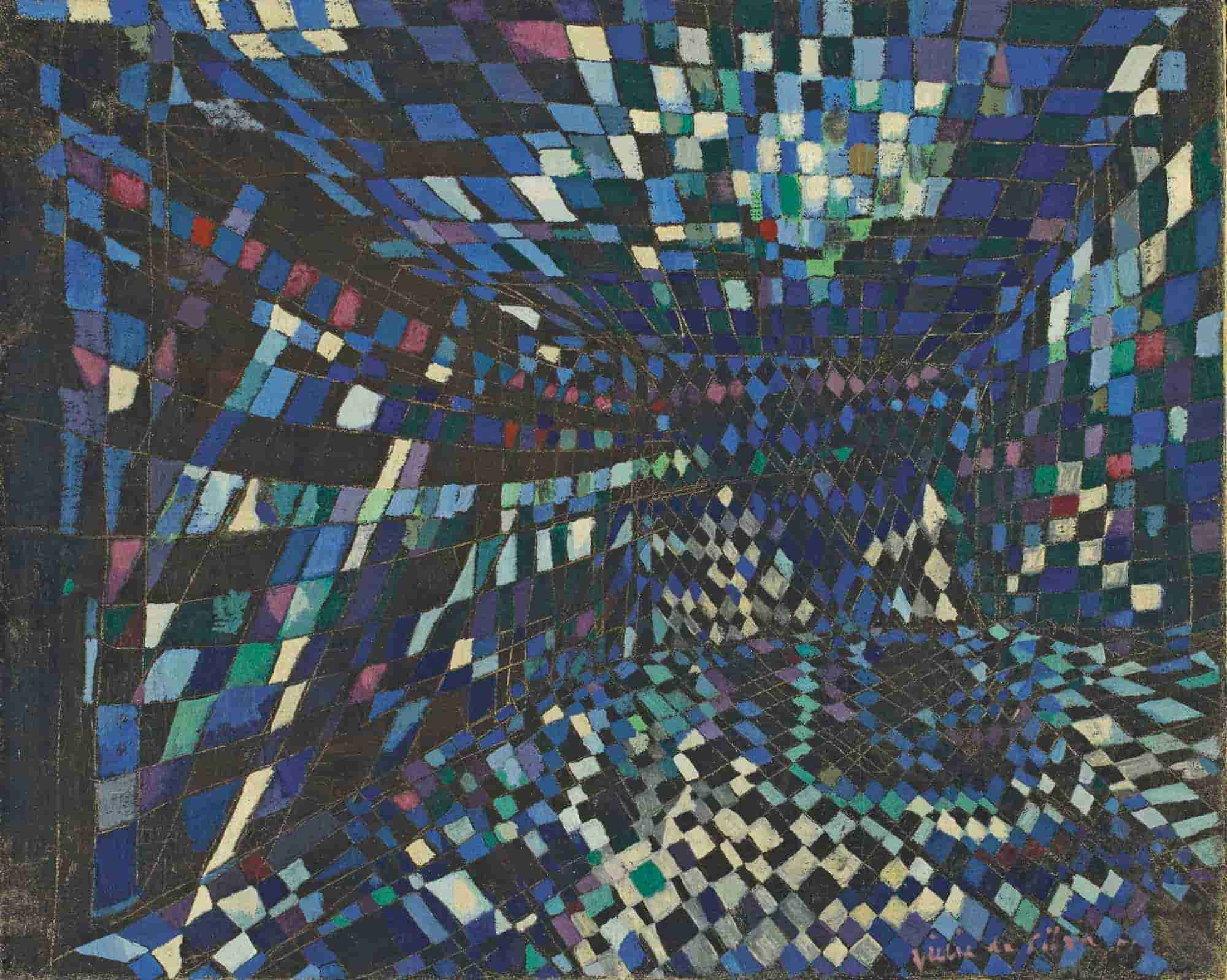
I’ve been thinking about ways in which a storyteller creates a sense of unease for the audience, but spatially. We might call this spatial horror. I’m talking about disorientation, dizziness, light-headedness, fear of falling, and various senses outlined in the graphic below.
-
Tunnel and Cave Symbolism
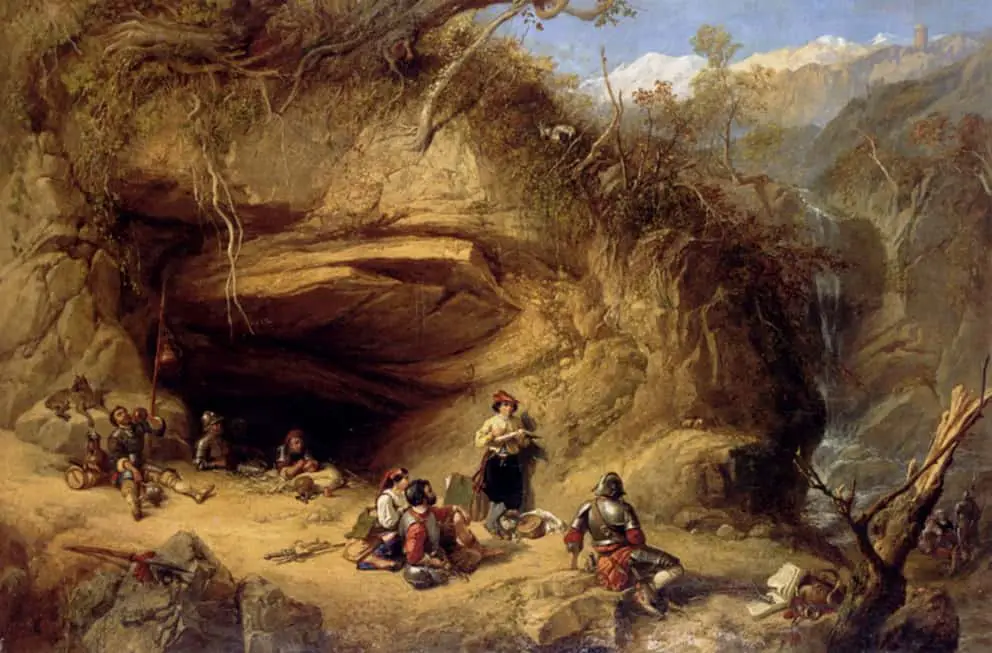
In symbolism, there is often a manmade and naturally occurring equivalent. The tunnel is the manmade version of a cave, the sewer a sea (littoral) cave.
-
Poison by Katherine Mansfield Short Story Analysis
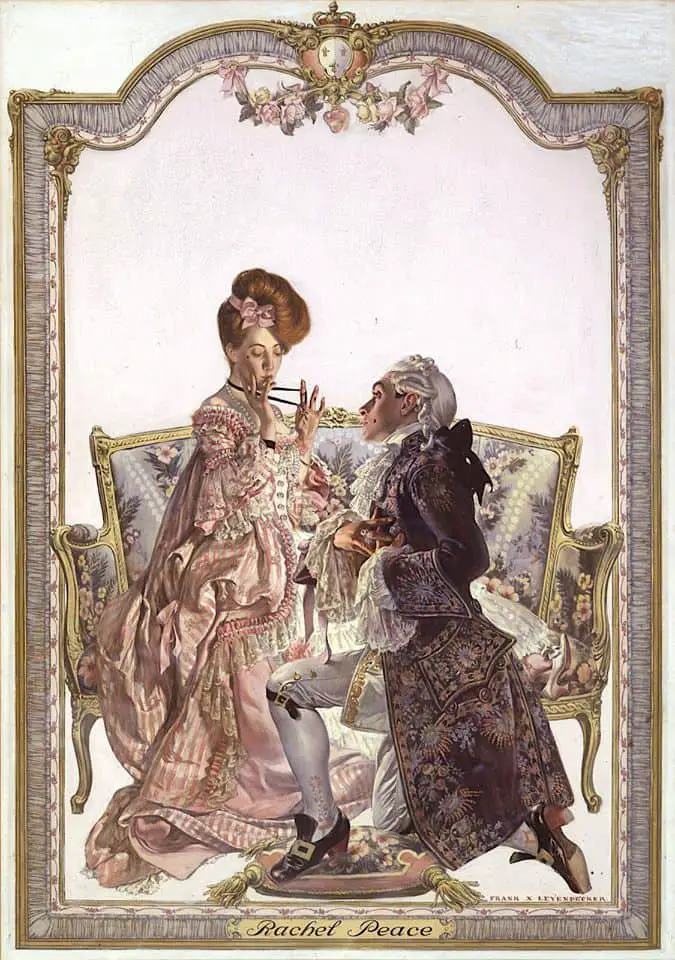
Poison” (1920) is a short story by Katherine Mansfield, the last in the Something Childish and Other Stories collection, published by Middleton Murry four years later, after her death. Commentators have noticed veiled references to “My Last Duchess”, a poem by Robert Browning about a murderous duke.
-
Symbolism of Containers
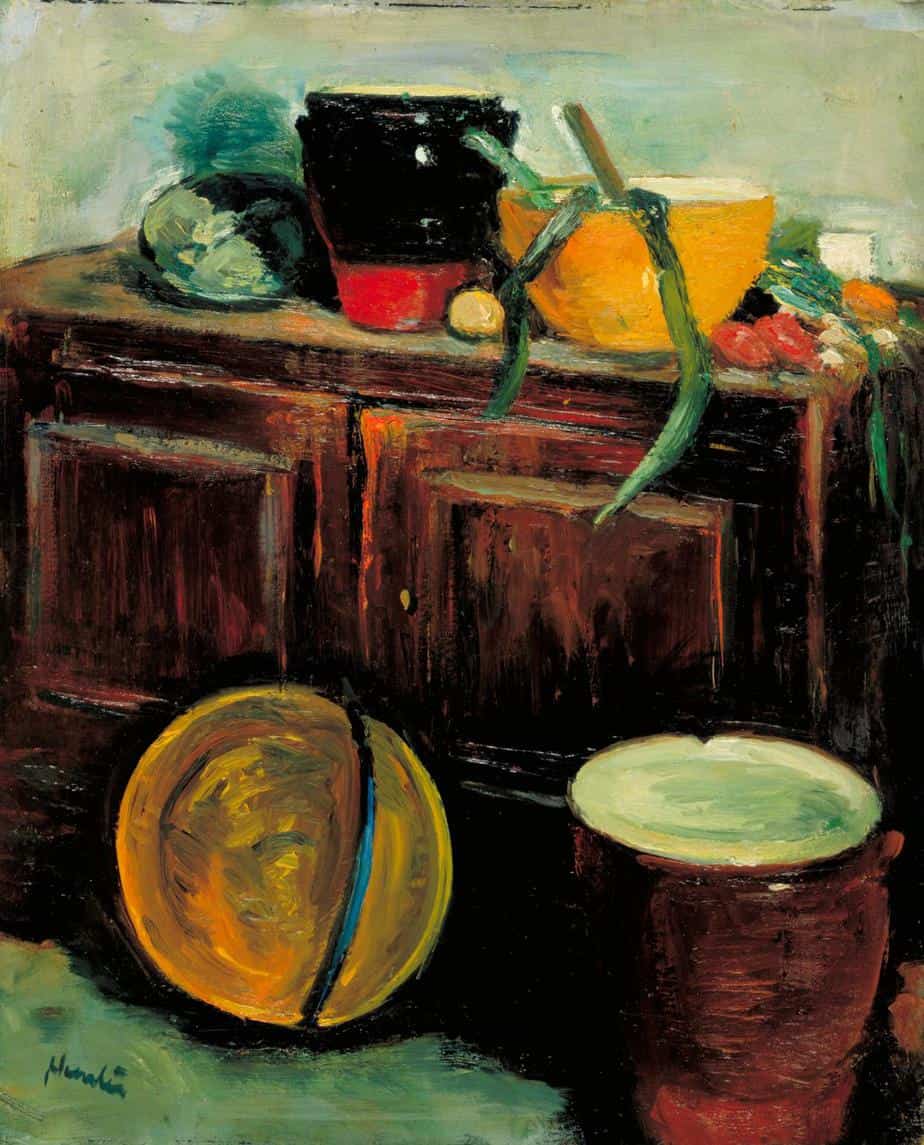
Vessels or containers are as important for the space they contain as well as for any material they hold. Containers tend to be associated with women. As motifs running throughout a story they can also symbolise physical or emotional containment, either self-driven or imposed upon a character from outside. When Did Humans First Use Containers? […]
-
The Harlot’s Progress Archetypal Story
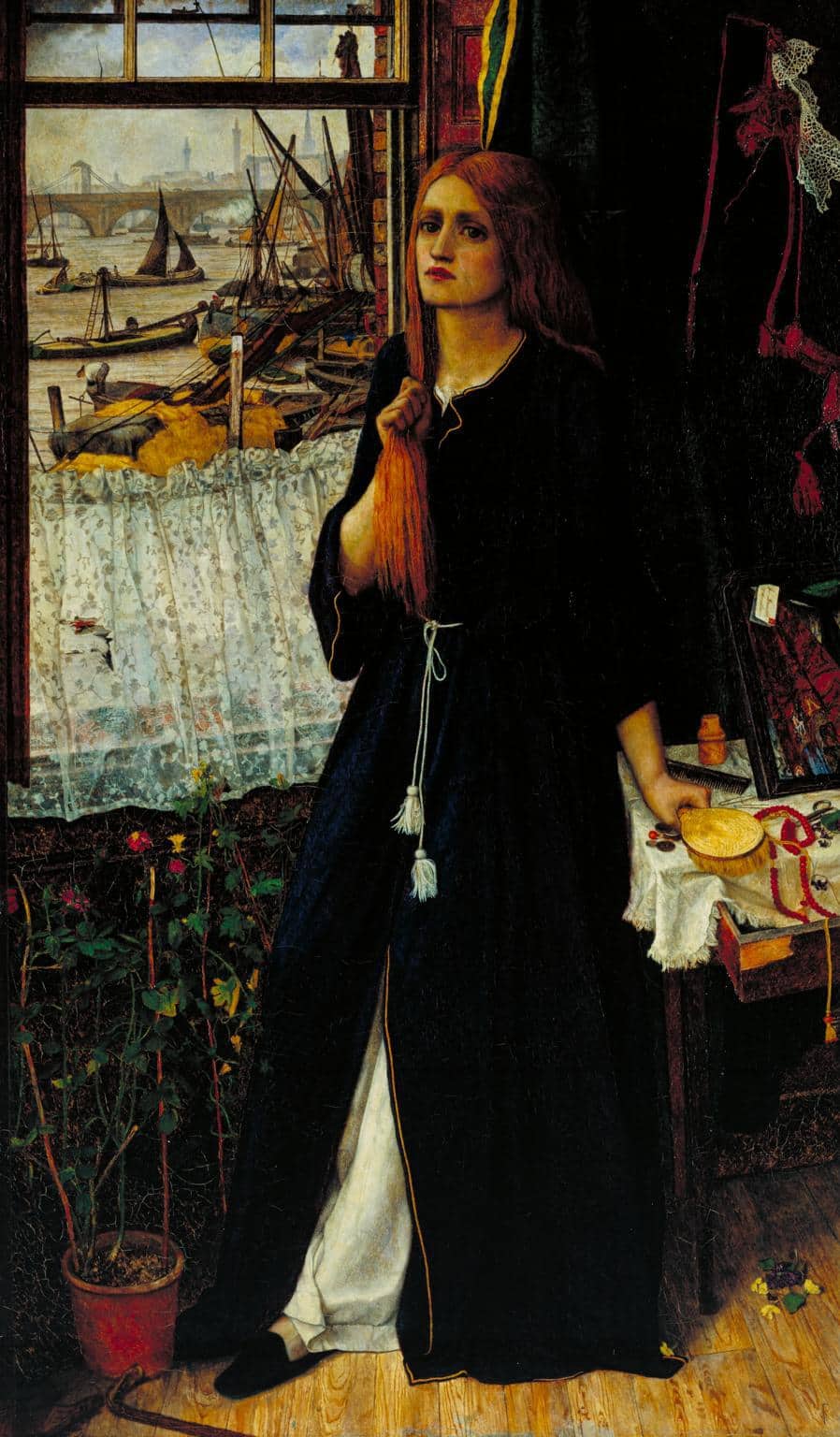
‘The Wise Virgins’ published 1864 by Sir John Everett Millais
-
Symbolism of the Veil
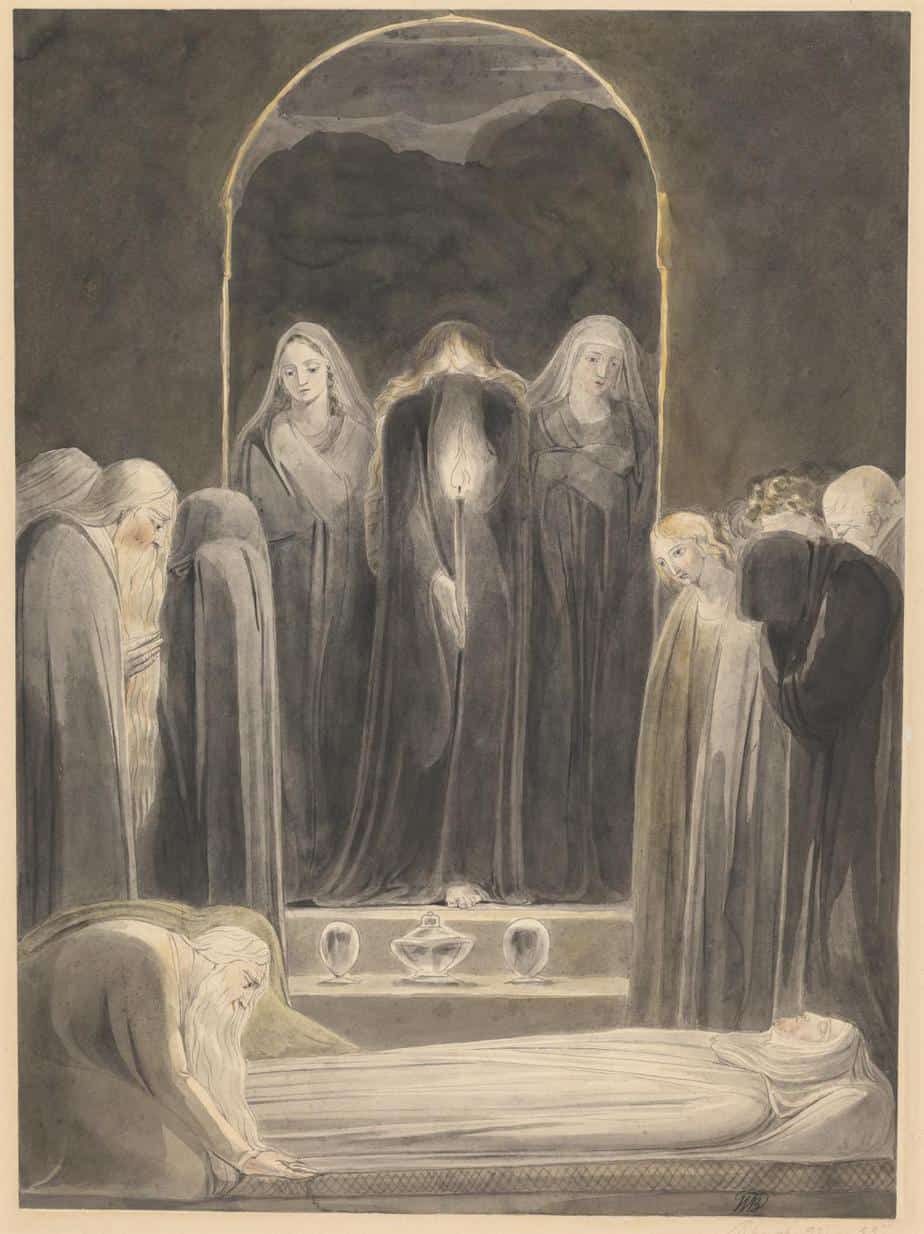
A veil symbolises a separation. The separation might be: Veils are typically made from diaphanous material. At first glance the nature of the separation appears flimsy. Importantly, the separation is two-directional. ‘To believe in [a ghost] is to believe not only have the dead the power to make themselves visible after there is nothing left […]